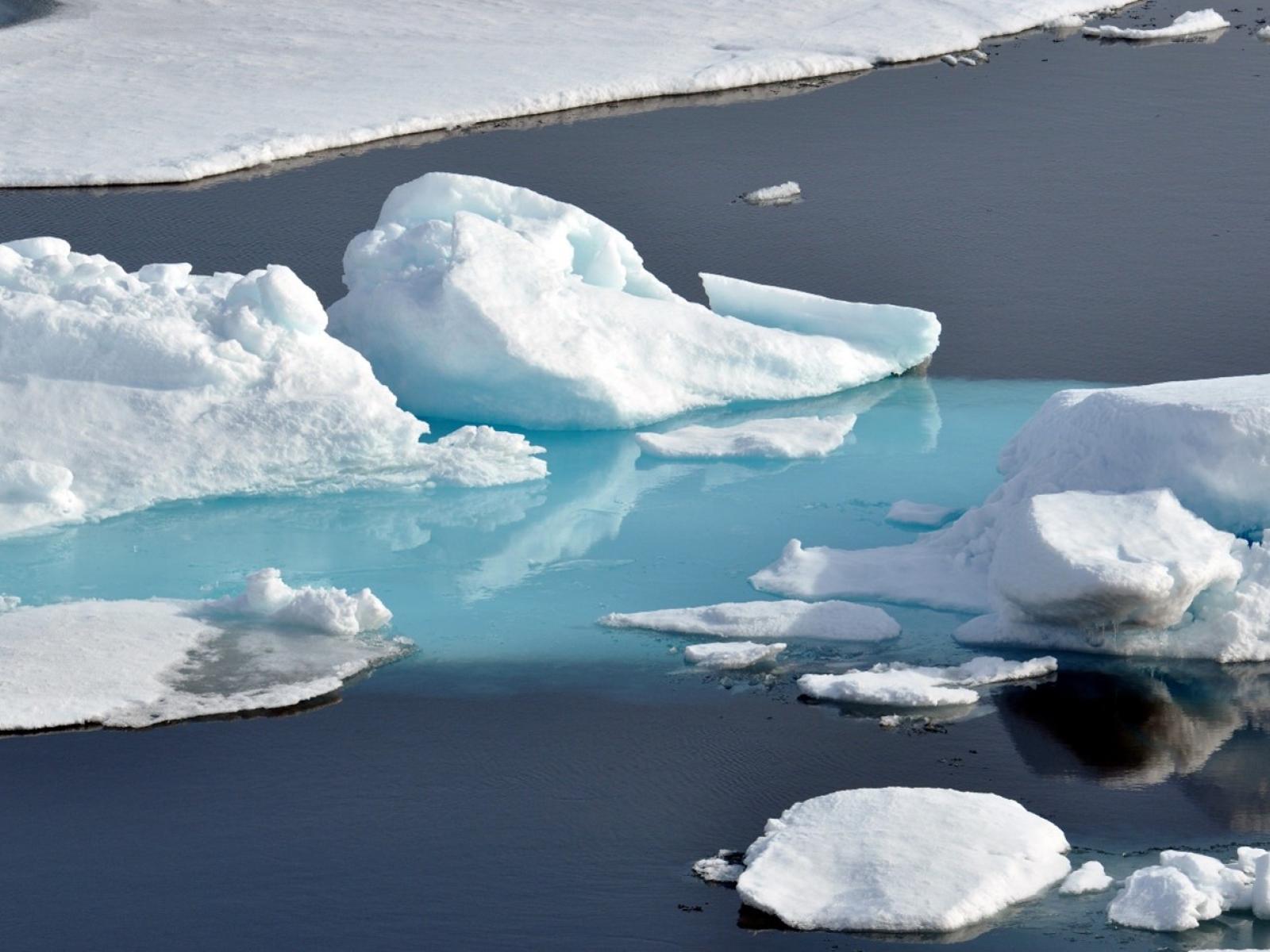More Frequent Atmospheric Rivers Slow the Seasonal Recovery of Arctic Sea Ice
Atmospheric rivers are increasingly reaching the Arctic in winter, slowing sea ice recovery and accounting for a third of winter sea ice decline from 1979-2021

More atmospheric rivers are reaching the Arctic during the winter, negatively affecting sea ice.
(Image by Global Panorama | Flickr)
The Science
Arctic sea ice has experienced a drastic decline in recent winters, although local temperatures remain well below freezing during the cold season. It is unclear to what extent atmospheric processes such as atmospheric rivers (ARs), intense corridors of moisture transport, contribute to this sea ice decline. Observations and model simulations reveal that ARs are reaching the European Arctic more frequently during wintertime. The warm moisture carried by ARs induces a strong melting effect on the thin, fragile sea ice recovering from the summer melt and accounts for ~34% of the total sea ice coverage decline from 1979-2021. Modeling experiments suggest that both anthropogenic forcing and natural variability are responsible for the recent Arctic AR changes.
The Impact
This study underscores how the recent increase in AR frequency influences the decline of sea ice coverage in the Arctic and evaluates the governing climate drivers for the AR changes. As ARs are accompanied by heavy precipitation and strong winds, more frequent ARs may also increase ecosystem fragility and human exposure to natural hazards in the Arctic as the international ocean freight and fishing industries in the region are expected to grow in the coming decades. Given the considerable influence of AR occurrence on Arctic sea ice coverage, there is a need to better constrain model projections of ARs with further warming and to improve decadal prediction of ARs in the near future.
Summary
ARs are extreme weather events featuring long (>2000 km), narrow filaments of strong horizontal moisture transport accompanied by extreme precipitation. In polar regions, the warm moisture carried by ARs can induce a strong melting effect on ice surfaces. ARs have become more frequent in the European Arctic in recent decades, especially during wintertime, when Arctic sea ice has experienced a drastic decline. To determine a possible connection between the increase in AR frequency and Arctic sea ice decline, data derived from satellite remote sensing and atmospheric reanalysis datasets was employed to build a quantitative linkage between Arctic AR occurrences and sea ice growth anomaly in the Barents-Kara Seas and neighboring central Arctic (ABK) during the ice growing season. The contribution of more frequent ARs to the sea ice decline trend was estimated based on the linkage and changes in AR frequency. To determine the drivers of Arctic AR changes, a series of large ensemble experiments using the Community Earth System Model were analyzed. These experiments included simulations forced by the historical human forcing and simulations that include some observed natural climate variability. Both observations and historical simulations suggest increased AR occurrence in the ABK region. More frequent ARs were found to prevent sea ice from growing to the full extent possible given the freezing surface temperatures. This lessened growth accounts for ~34% of the total sea ice coverage decline during the ice growing season (November-December-January) from 1979-2021. Analysis of the modeling experiments suggests that both anthropogenic forcing and natural variability are responsible for these recent AR changes in the Arctic.
PNNL Contact
L. Ruby Leung, Pacific Northwest National Laboratory, Ruby.Leung@pnnl.gov
Funding
This study is partly supported by the Department of Energy Office of Science’s Biological and Environmental Research program as part of the Regional and Global Model Analysis program area through the Water Cycle and Climate Extremes Modeling scientific focus area.
Published: April 6, 2023
Zhang, P., G. Chen, M. Ting, L.R. Leung, B. Guan, and L. Li. 2023. “More Frequent Atmospheric Rivers Slow the Seasonal Recovery of Arctic Sea Ice,” Nature Clim. Change, 13, 266–273. [DOI: 10.1038/s41558-023-01599-3]